Colgan Hall, Carndonagh – in the beginning
Seán Beattie
After twenty years of fund-raising, an invitation to tender for the construction of the Colgan Hall appeared in the national trade journal The Irish Builder on 17 January 1914. The priest in charge of the project was Fr. Philip O’Doherty, PP, who had previously been curate in the town during the Land War and had earlier returned from Australia. The architect was a youthful Derry man, William J Doherty who was aged 27 and this was his first commission. He was influenced by the Celtic Revival which promoted Ireland’s great Celtic past. In the case of the Colgan Hall, the architect looked at the doorway of Clonmacnoise monastery and redesigned it for the hall. William Doherty wrote that he attempted to give the hall “an Irish Romanesque feeling” and stated that he copied drawings from ancient buildings in his initial designs. Even the circular windows in the gable have the interlacing from the Carndonagh Cross. He resided in Derry and had offices in Castle St. The Colgan Hall is one of the best examples of the Celtic Revival in the north-west.
Part of the site of the hall was located in Marley’s gardens where they grew fruit and vegetables for sale in their shop. Chapel St was a busy place with Carndonagh Motor Co., motor engineers, boot and shoe makers, painters and decorators, saddlers, and butter and egg merchants in addition to family residences. The original green-field site was about one acre and was bounded by the parochial house to the north, the river to the west and the graveyard to the east. The boundary wall was constructed later.
The construction costs were £3,000. Stone came from quarries in Glentogher and everyone who had a horse and cart provided voluntary labour. Fund-raising had been undertaken on a massive scale during the previous decade and representatives from each town land and street were responsible for collection in their own areas. Older people were encouraged to leave some money to the church in their will and this was a common feature of most wills drawn up in the parish during this period. Fund-raising was a way of life for most people as money was needed earlier for repair of the old church and the construction of the boys’ school. Local volunteers helped quarry the stone. Most of the big tenders went to contractors outside the parish. In the case of the staircase, the contract was won by J.W. Cunningham of Glencolmcille. Italian craftsmen worked on the ceramic mosaic at the entrance. Michael Sweeney of Derry was in charge of the building contract. He had a yard at Atlantic Buildings on the Strand Road in Derry which was opposite the present North West Institute. Much of the gravel used in the building came from the river at Corvish. A local painter John Doherty got the painting contract. It is said the Doherty got married on the proceeds of the contract. The name “the painter” followed the family. McDonoughs store (founded 1850) supplied most of the fittings. Mrs. McDonough was a benefactor and an active member of the fund-raising committee; she ran her own stall during the first great four-day bazar from 7 to 10 October 1914. Previously bazars were held in St. Patrick’s Boys’ School and were organised by the women of the parish. These bazars differed from the Aonach run by Bishop O’Donnell when he was fund-raising for Letterkenny Cathedral as they had no cultural remit.
O’Doherty had an illustrious career as an architect being involved in over one hundred major projects during his career. His last commission was also in Inishowen, the Church of St. Pius X in Moville. The Colgan Hall was on three levels including a basement which had two rooms for storage, four large class rooms on the ground floor and an assembly hall above. The falling ground on the site gave the architect room to plan two basement rooms. Later these would be used as a classroom and office in Carndonagh College, founded as a minor diocesan seminary in 1960 with Fr. Art O’Reilly as Principal. A fireproof cinema box was installed and gas lighting was included in the plan. The lighting was not in place when the hall opened in October 1914. The surrounding grounds were landscaped and were to be used for horticulture. The hall was owned by the church and the parochial house was directly opposite the front door of the hall.
The Congested Districts Board (CDB) had a major influence on the construction of the hall. William Micks, a member of the Board and an advisor to the Chief Secretary Arthur Balfour, was a close friend of the parish priest. This can be seen in correspondence in the National Library, Dublin and also in a book written by Micks called A History of the Congested Districts Board. (See Donegal in Transition, Merrion, 2013 for an account of Micks’ work in the county). They first met in the workhouse which Micks was visiting in his capacity as Local Government Board Inspector and where Fr. O Doherty was chaplain. They both agreed that four large ground-floor rooms would be reserved for trade, commerce and craft classes while the upper hall was to be used for carpentry and agriculture classes. As a member of the CDB, Micks was in a position to organise classes throughout Donegal. The CDB provided money for equipment for the proposed Technical School in Carndonagh. A lace school had operated under CDB auspices in the town prior to the construction of the hall.
In 1919, the hall was fully operational as a technical school but some classes were held in 1918. Buncrana was also seeking a new school but Carndonagh got priority because it had a purpose-built school available. In effect, the parish was thus rewarded for its industry in constructing the hall and technical school. A commercial instructor at Armagh Municipal Technical School, Martin Griffin, was appointed Principal on condition that he conducted commercial classes in Letterkenny Technical School as well. The first caretaker was George Clingain. Griffin later became the first principal of Buncrana Technical School. He retired in 1940. The Technical School vacated the Colgan Hall in 1959 when a new building was opened by Donegal Vocational Education Committee in 1959 on Church Road. The history of technical education in the Colgan Hall lasted for over 40 years.
In fact, formal education continued in the Colgan Hall until 1973 when Carndonagh College closed. The first classes of the Community School were held in the hall in 1973/74 but classrooms in the convent and technical school were also used at this time. On 3 September 1973, the Principal Fr. McKenna, former head of Carndonagh College and Jim A. McDonough, vice-principal and former head of the Technical School, welcomed staff at the front door of the Colgan Hall. On the opening day of the Community School, 90 teachers and 800 students assembled in the Colgan Hall. The first classes were also held in the hall and students got a half-day. The hall has played a pivotal role in the development of the Community School. Staff moved across three sites, the hall, the convent and the old technical school. Each teacher received £7 payment for expenses incurred in moving from one building to the other. After 1974, the hall went into decline until a Resource Committee took it over in 2007. The cinema closed down in the late 1960s.
How did the community manage to build the Colgan Hall? The decades before 1914 were prosperous in Donegal with large -scale construction projects being undertaken. The most notable was Letterkenny Cathedral. In Inishowen, new halls were built in Moville, Ballyliffin and Buncrana. In many respects, this was the First Celtic Tiger. Carndonagh Post Office Savings Bank had £17,849 on deposit in 1912 so there was no shortage of money and the First World War gave a boost to the economy, particularly agriculture. Money also came for “outstations” and cottage industries connected to the shirt industry in Derry, the largest in the world. The town also had a new railway station and a co-operative creamery. Over 700 men had been employed on the railway extension to Carndonagh. Carndonagh was the market centre for the entire rural population of the peninsula.
In 1914 Home Rule was to be granted but was delayed later in the year because of the war. People looked to a new future in an independent Ireland. The Congested Districts Board had set up a parish committee in the town which represented all sections of the population and dealt with housing, roads, bridges, transport and sanitation. Carndonagh Public Health Committee had public lighting installed in 1911. Inishowen Rural District Council met on a regular basis in the meeting room of the workhouse and there were plans to build a new hospital to cope with the large numbers of patients suffering from tuberculosis.
The hall has served the community well. For over a period of fifty-five years, it operated as a technical school, diocesan college and for one year as a community school. Townspeople have enjoyed plays, concerts, operettas, recitals, feiseanna, and fancy dress parades during the past century. The cinema provided entertainment for thousands before the advent of television. Two of the original projectors have remained in the town. Two wedding receptions were also held in the hall. Dances were a popular feature for decades. Public lectures were also given in the hall. In 1965, the Glencolmcille priest, Fr. McDyer, addressed a large audience on the advantages of a community food cooperative.
Today the hall continues to serve the community in many different ways and hopefully will continue to do so for many generations. Sean Beattie. 2014. This lecture was given as a power point presentation at the Fifth Colgan Weekend in the hall on 26 June 2014. At this seminar the following also spoke : Gabriel Duffy (cinema), Paddy Doherty (G) (dances), Paddy McClure (weddings), Cllr. Albert Doherty (education) and Mary McSorley (Community School)
(Seán Beattie worked as a teacher of English, History and French in Carndonagh College from 1971 to 1973 and also took classes in the Colgan Hall in 1973/4 as a member of the staff of the Community School while the new school was under construction in Moore’s field on Church Road. His wife Evelyn Beattie joined the staff of the Community School in 1973. In the new school, 100 came from the College, 300 from the Convent and 400 from the Technical School. Teachers in the hall in 1973 included four priests – Fr. O’Reilly, Fr. N. McGoldrick, Fr. Lagan (later bishop) and Fr. Gallagher. French, Latin and the sciences were taught for the first time in the hall. Lay staff included Jim Quigley, Andy McNelis, John O’Leary, Colm Toland, and Veronica McLaughlin, Secretary. See www.historyofdonegal.wordpress.com)
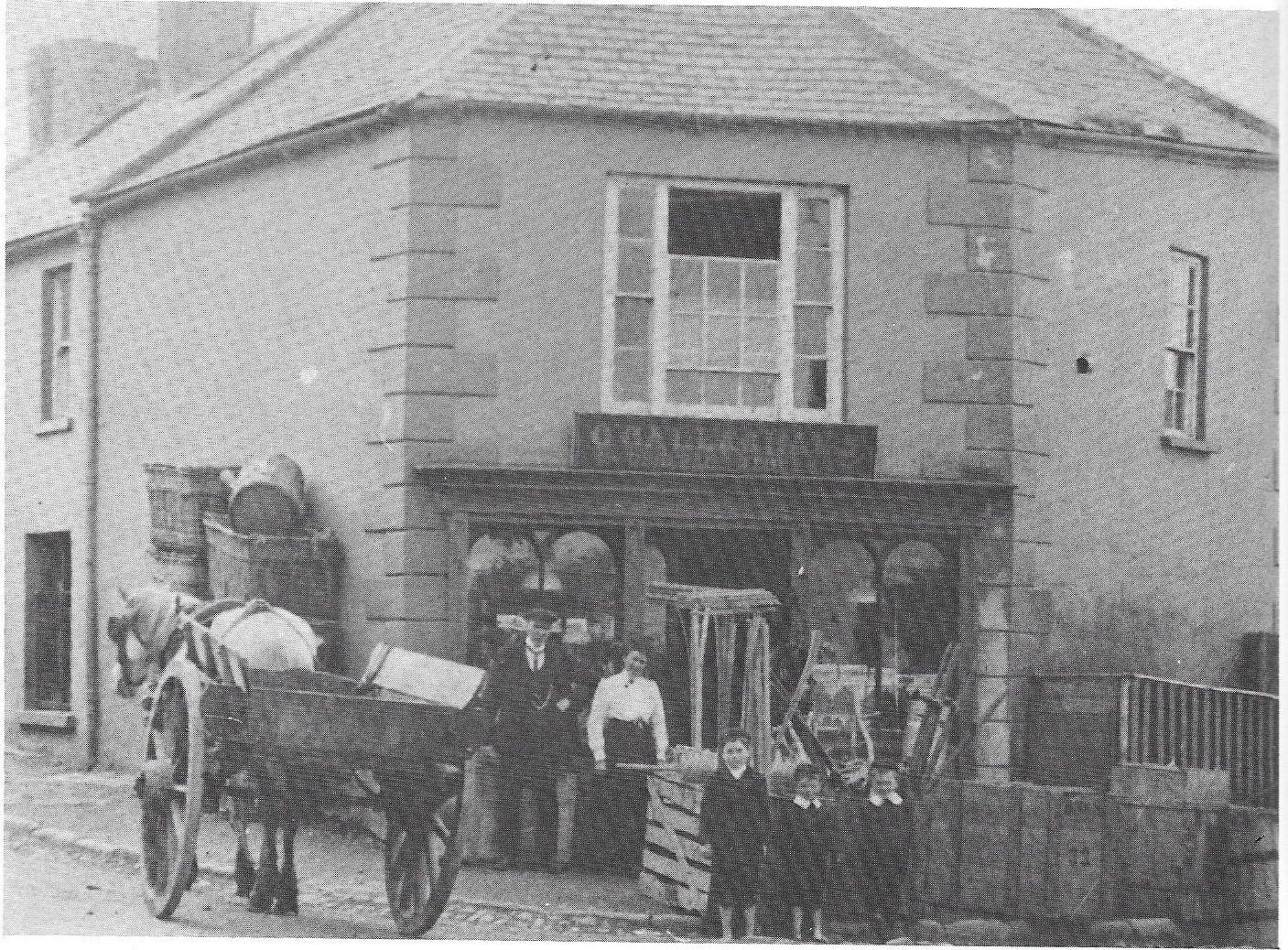
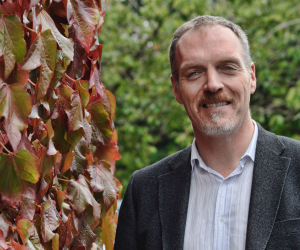

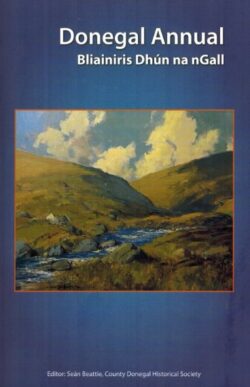
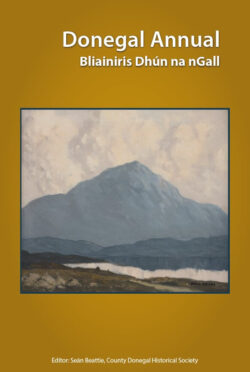
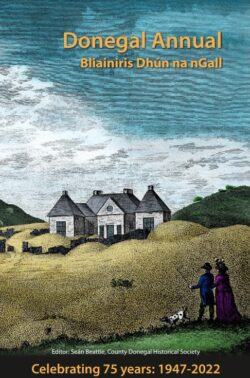
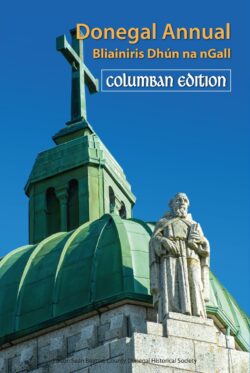
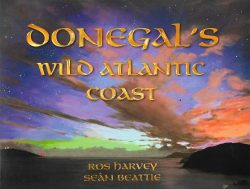
Betty Morrow
Hello Sean, I have enjoyed reading your Colgan Hall history very much. How are you? You’re keeping quiet on e mailing and coming out in Facebook! Anyway, hope you are well, congratulations on your son Conor’s show, I tried to get it on Facebook but did not manage. I was very interested on the ‘Clipper’ activities in Derry and wishing I was there, maybe 2016 I will get back to Derry, I see you are having sunshine again, No more room, Betty
admin
Thanks Betty. All well just enjoying the summer
Sean
Trisha Pender
Hello – is Fr Art O’ Reilly still living?
admin
Yes Fr O Reilly is hale and hearty, still cracking jokes.